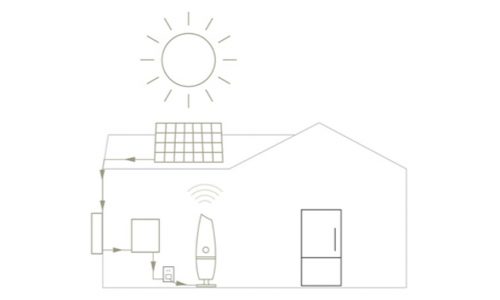If you’re anything like me, you usually think of what your electricity usage is costing you about once a month—when you get your bill in the mail. After opening your bill, you immediately go on a campaign to reduce your overall usage…starting by telling everyone in the house to turn off the lights!
In some cases, reducing your electricity usage to lower your monthly electricity payment is absolutely the right move. To know how to reduce your monthly payments, you must first understand what method your utility uses to determine how you are billed, a task more complicated than any of us would like.
Many utilities are currently transitioning to different rate schemes to help effectively manage the supply vs demand to stabilize grid infrastructures as well as to help them reach government mandated renewable energy goals. For example, in California, the three investor owned utilities (IOU’s) have already transitioned businesses over to a time-of-use structure and have begun transitioning all residential customers to an overly complicated dynamic pricing model by 2019. So even if you do understand your bill, it is important to understand the other structures out there for if and when your utility makes the change.
These definitions are all simplified overviews of the foundational rate structures used by most utilities. Every utility will have their own unique specifications to the structure, and it is up to you to determine which of the options they offer suits your needs best.
Basic Pricing Structures
Flat Rate
Under a flat rate pricing scheme, customers pay a static rate on a regular schedule for their electricity. No matter how much or how little electricity customers use, or when they use it, they will always pay the same amount. The purpose of this rate is simplicity: nobody has to think too hard about it.
Fixed/Simple Rate
Under a fixed/simple rate, customers pay a specified amount of money for every kWh of electricity they use. Unlike the flat rate, customers’ overall electricity usage directly affects their bill.
Tiered/Step Rate
The tiered/step rate is a structure under which customers pay a fixed rate up to a set number of kWhs. If the customer’s electricity usage exceeds the kWh limit of the first tier, their fixed rate increases for the second tier, third tier, etc. The purpose of a tiered rate is to encourage customers to conserve their electricity usage to a specified amount.
Dynamic Pricing Structures
Unlike the basic pricing structures, the following four structures are flexible, and designed to give customers more control over how they are charged for electricity and to encourage customers to shift their energy usage towards hours of the day when electricity is in low demand.
The purpose of this shifting usage to off peak hours is to reduce the environmental impact of ramping up fossil fuel production to meet electricity demand. By charging higher rate during certain times (one to ten minute intervals that occur multiple times per day), utilities are trying to discourage people from using electricity when it will have a negative environmental impact and further stress the existing grid infrastructure.
Time-of-Use
Time-of-Use (TOU) is a pricing scheme under which utilities charge customers according to what time of the day they use energy. Utilities typically charge lower rates during hours of the day when people are not using much electricity, and then raise prices when electricity is at peak demand. This model is pre-scheduled during high demand times of the year as well as fixed hours of the day. In most cases, it will involve one three to four hour time period and reflect two rates of peak and super peak pricing.
Critical Peak Pricing
Critical peak pricing (CPP) is a rate structure that incorporates an RTP charge during critical periods of the day when demand for electricity is at its’ absolute highest. During all other hours of the day, the customer pays for electricity according to another rate structure, like TOU, a fixed rate, etc.
Peak Time Rebate
The Peak Time Rebate (PTR) structure is almost exactly like CPP, except for the fact that instead of paying during critical hours of demand, customers receive payment for not using not using electricity during those hours.
How Orison Works for Your Situation
Regardless of what pricing plan you have, Orison will help you maximize your electrical situation and provide you with safe, affordable, and consistent power if the grid is down.
For customers under a dynamic pricing structure, Orison can help in a unique way. Orison’s Cloud network uses data, including your utility rates/peak demand charges, to create the optimal charge/discharge schedule by automatically charging when rates are low and then discharging when rates are high to reduce your bill.
With Orison, all electricity consumers enable a renewable, reliable and smart electricity grid.




